水煮鱼, or water cooked fish, is the name of a famous Sichuan dish of poached freshwater fish in a sea of chilli oil. Contrary to its appearance, this dish is not oily, and does not necessarily have to be extremely spicy.
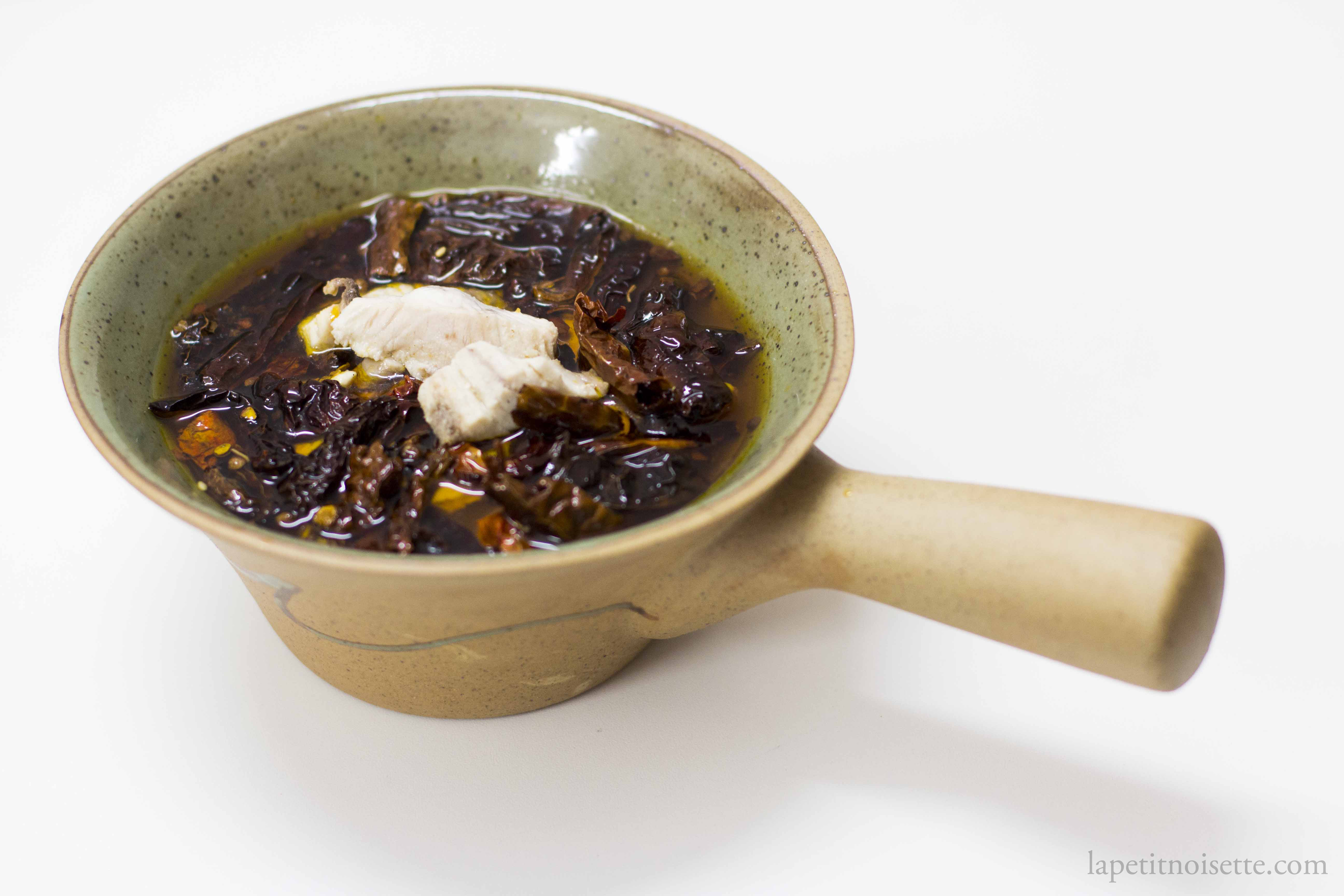
Serving as a dramatic central showpiece to any meal. The fish is typically poached in broth before hot oil is poured into the dish, with the dish then being rushed out to the table whilst still sizzling hot. The fish slices are then picked out of the oil and eaten without the chilies, meaning that while it looks extremely oily, the oil only lightly coats each piece, improving its mouthfeel and appearance. Imagine each glossy piece of fish with it’s supple oily coating and soft texture served upon freshly steamed rice.
In this dish, the two key components are the fish and the hot oil. The type of fish used in this is traditional freshwater carp but any white flesh fish can be used as long as it is fresh. I typically use whole fishes that I then fillet myself, using the head and bones for the soup. Ask your fishmonger to fillet the fish for you but remember to ask for the head and bones as well.
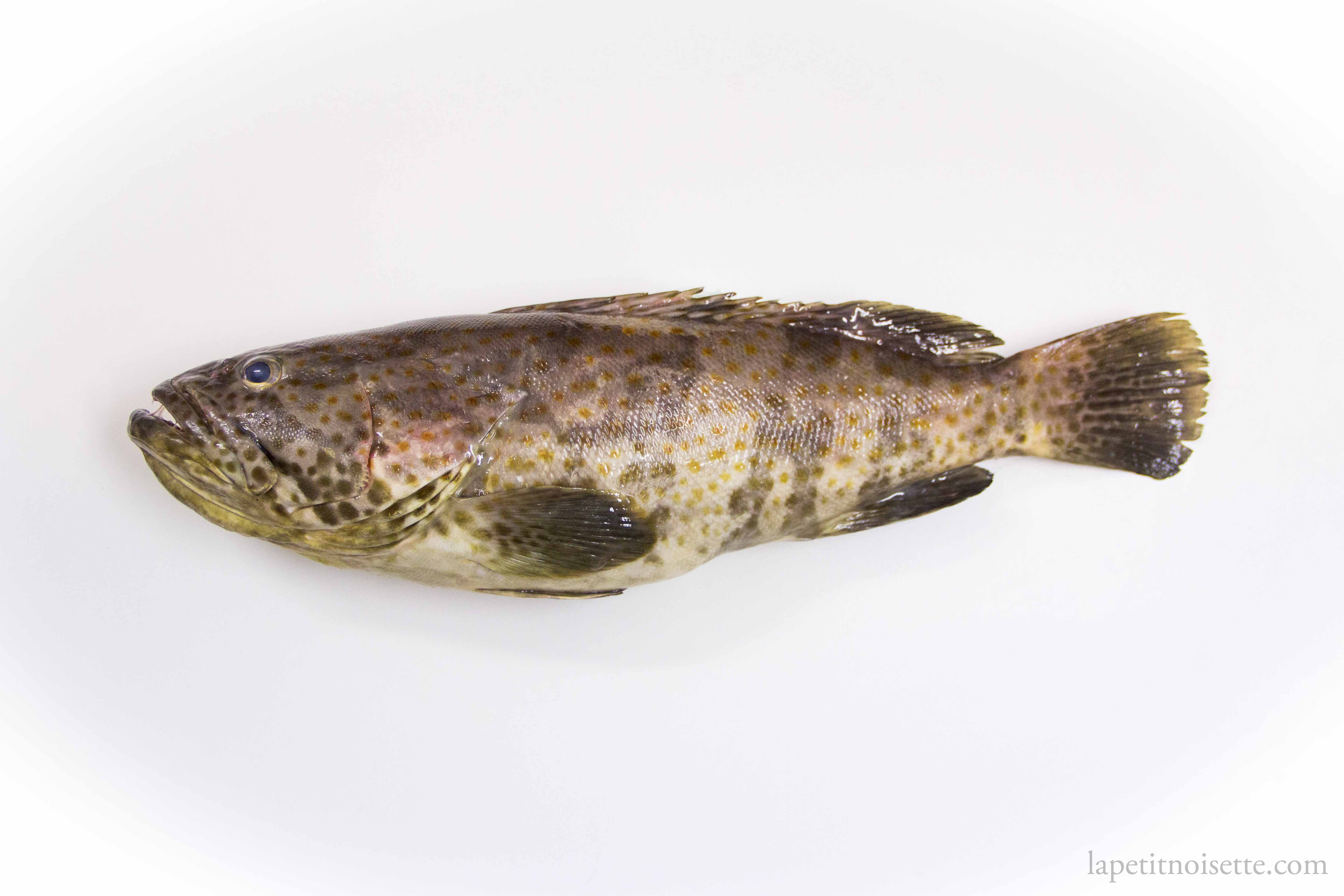
For the hot oil, I use a mixture of two oils, chili oil (红油) and spice oil (复制调和老油), in equal proportions. However, if I feel like I want a spicier version, increase the amount of chili oil I add to the dish. Making these two oils makes the recipe for this dish much more complicated but the oils can be made in larger batches and stored for long periods of time. In the recipe, you will see that the chili oil uses a few varieties of chilies, as different chilies have different flavour profiles with contribute to the flavour of the oil.
If substituting the chilies for different varieties, go for chilies that have medium spice. What you are going for is a chili oil that is full of the flavours of chilies, without becoming too spicy. In order to do that, you want to use quite a large amount of chilies in your dish, so the individual chilies themselves should not be too spicy. For the spice oil, I mention the use of fennel pollen, also known as the spice of angels. If you do go out of your way to find this, a little goes a long way so use sparingly. Alternatively, it’s just easier to substitute it with fennel seeds.
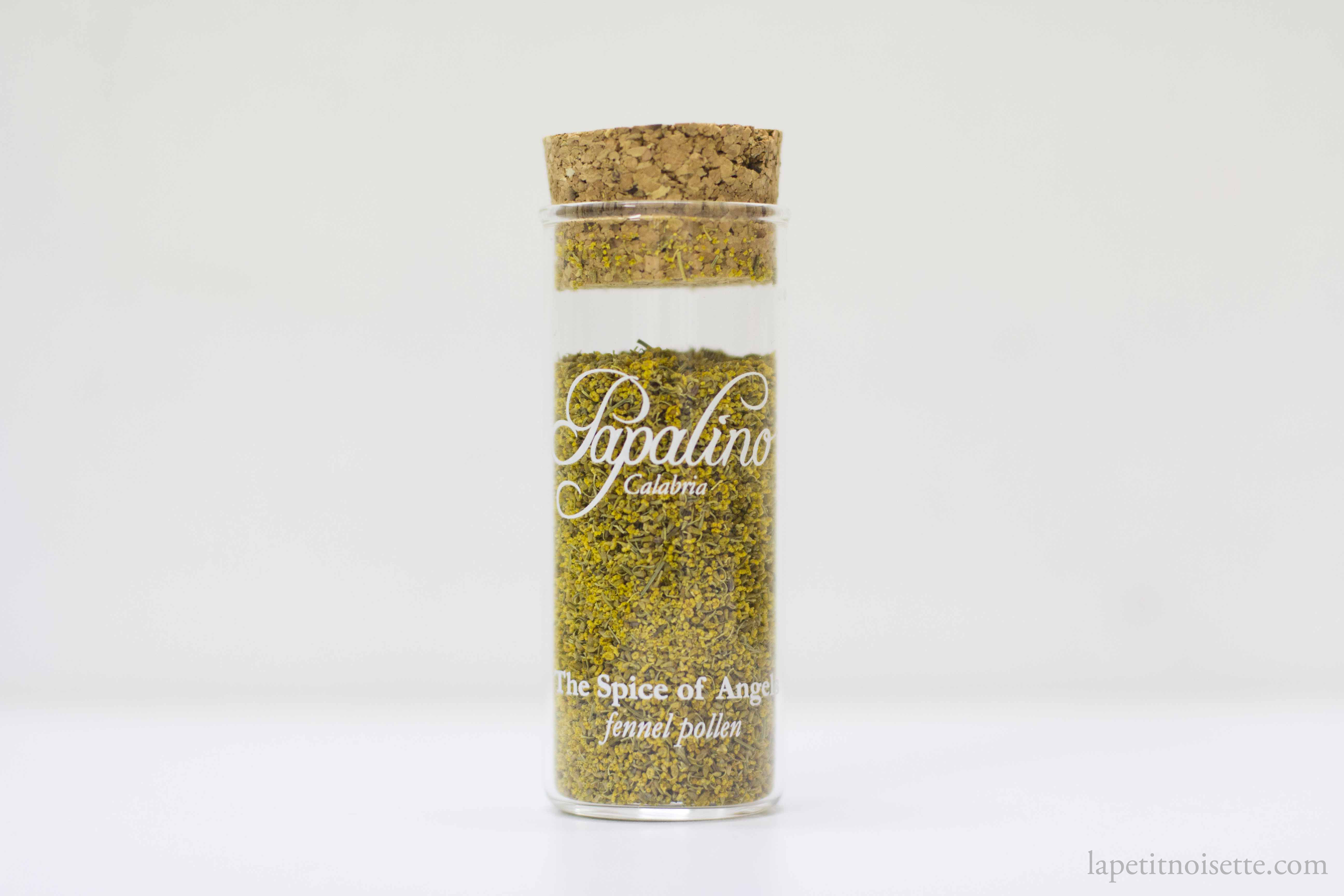
For the doubanjiang (豆瓣醬), any brand works except for the Lee Kum Kee brand. As what they call doubanjiang isn’t really doubanjiang, but some sort of cantonese-esque version of it.
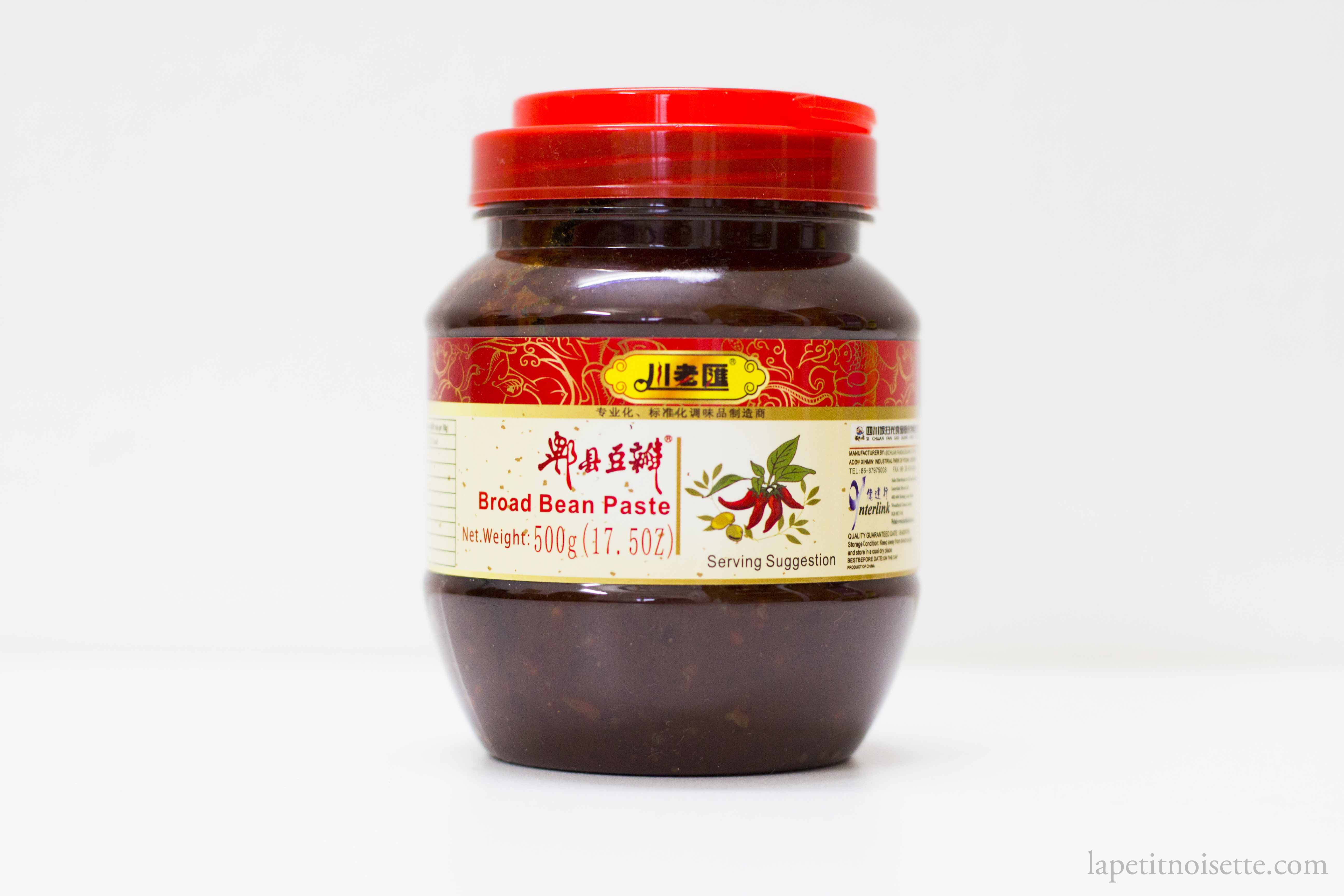
For the broth, I don’t heavily season to broth and neither do I add spice to it. However, I give it a Japanese twist and use dashi instead of water to give the broth more body and flavour. The freshness of the fish is of utmost importance as the fish slices are poached briefly and therefore any pungent unfresh fish smell will come through the dish.
For the final oil, I also use green sichuan peppercorns known as Majiao (麻椒) which have a herbaceous fragrant smell that goes well with seafood. However, they can be easily substituted with normal red sichuan peppercorns.
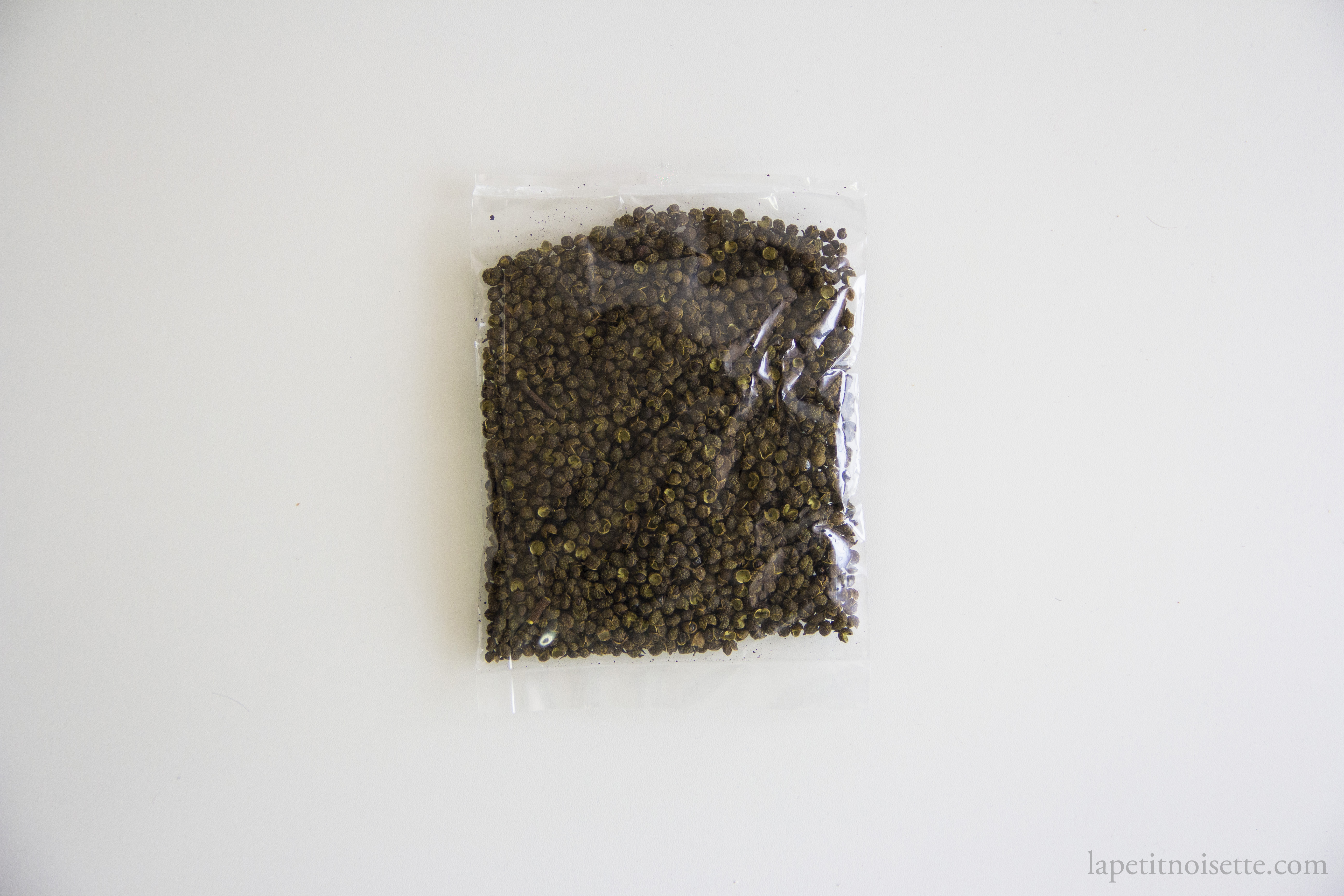
Presentation wise, the bean sprouts are placed at the bottom of the bowl and used to prop up the fish so that they just peek through the oil enticingly.
If you go all the way and make this dish from end to end, I highly respect your dedication.
Water Cooked Fish- Poached fish in a sea of chili oil/水煮鱼
Oil
- 50g of Dried Facing Heaven Chilies (朝天椒)
- 5g of Red Sichuan Peppercorns
- 5g of Green Sichuan Peppercorns
- 150g of Red Chili Oil (红油)
- 150g of Spice Oil (复制调和老油)
- Cut the chilies in halves and remove the seeds. Place in a bowl with the red and green Sichuan Peppercorns.
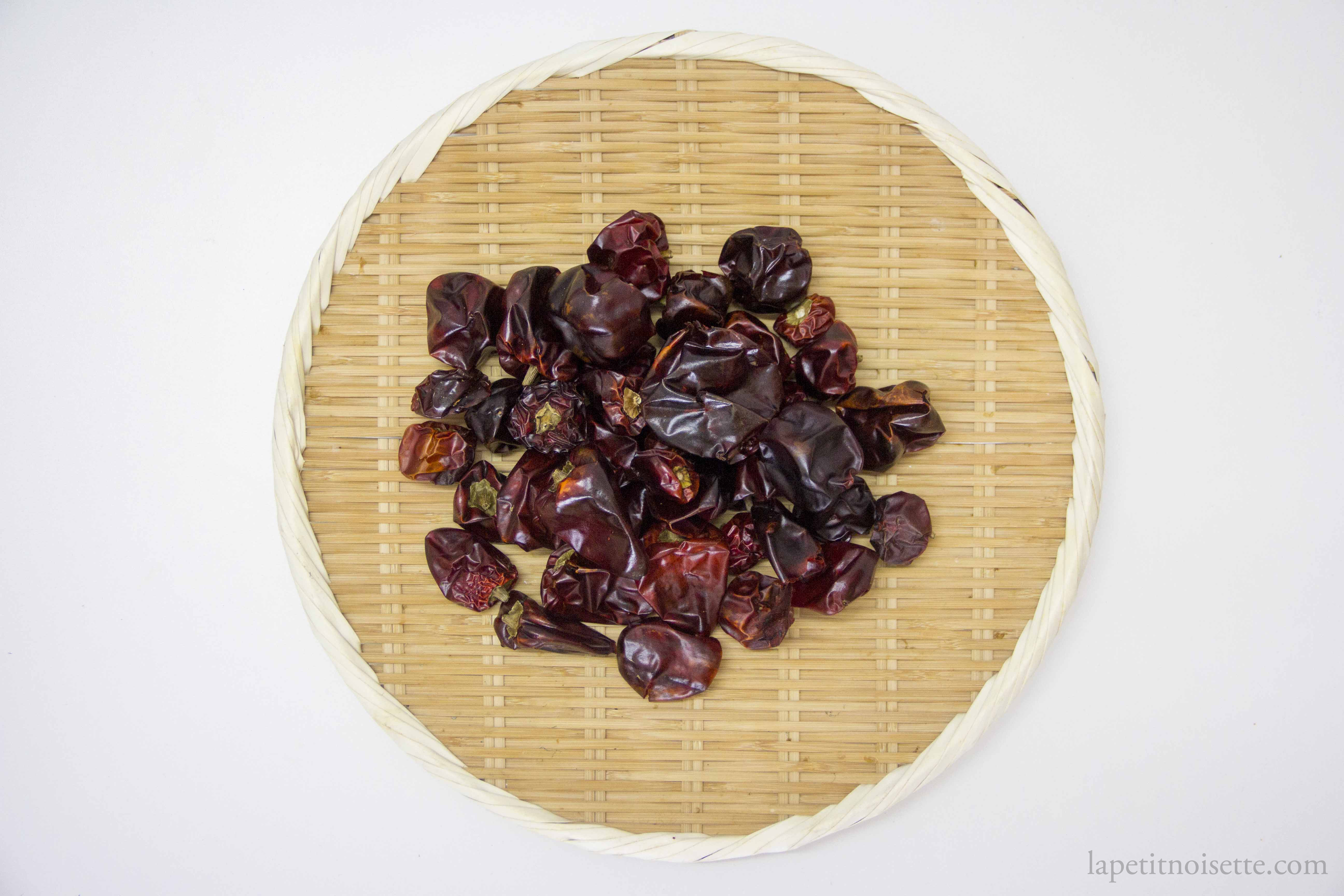
Soup
- 1L of Dashi
- 7g of Grated Ginger
- 7g of Grated Garlic
- 1 Sliced Green Onion
- Head and bones of the fish
- Salt to taste
- Cover the heads and bones of the fish with dashi and bring to a boil.
- Discard all the water and rinse the fish head and bones.
- Return the cooked fish head and bones to the pot and cover with water again.
- Add in the green onion, ginger and garlic and bring to a boil.
- Boil for 10 minutes and strain out all the solid ingredients.
- Return the soup to the pot.
- Salt to taste.
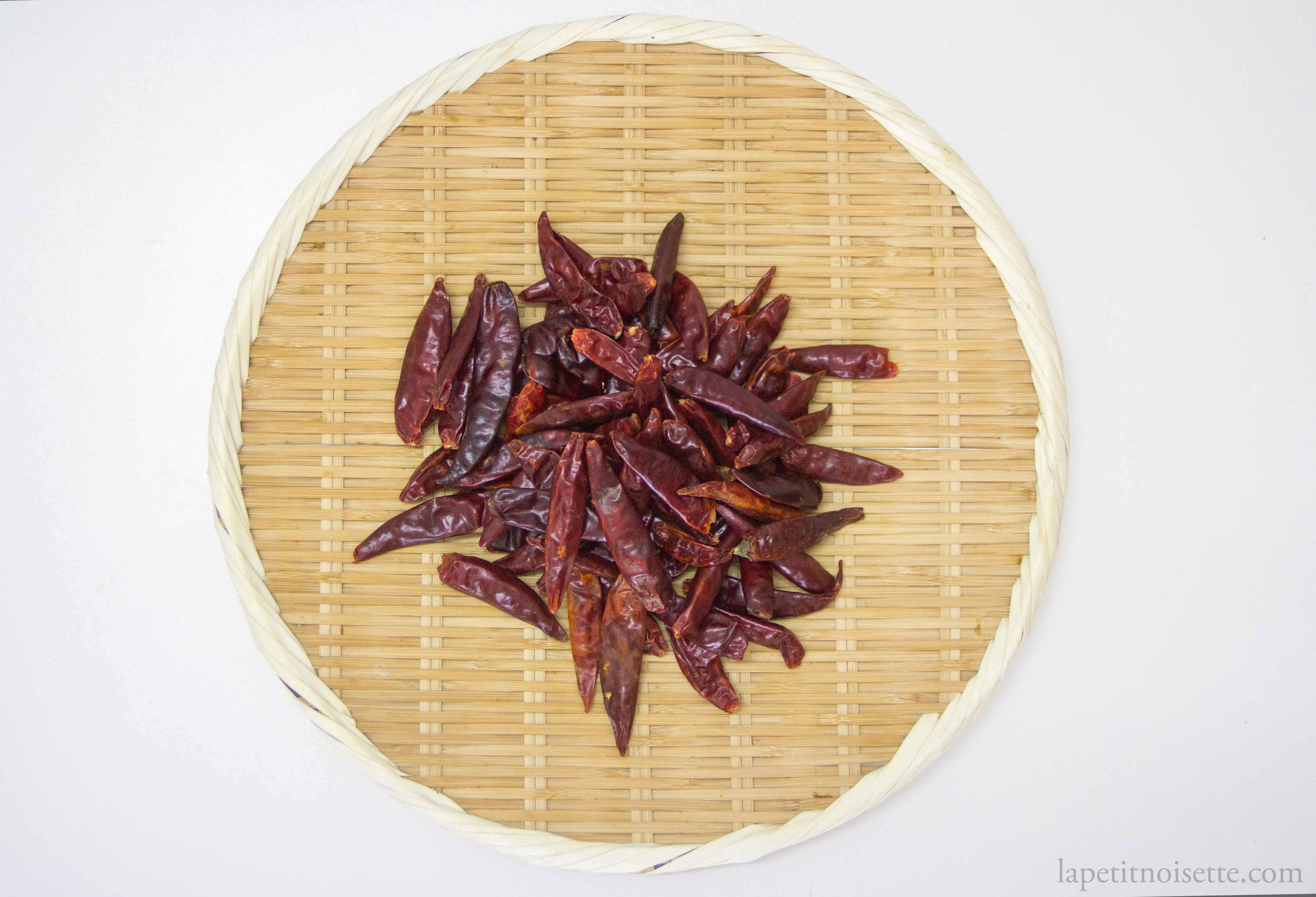
Fish
- 1kg of white-fleshed fish, scaled, filleted with the heads and bones preserved for the soup.
- 1 Egg White
- 10g of Potato Starch
- 5g of Shaoxing Wine
- 4g of Salt
- To prepare the fish, take the boneless fish fillets are slice thinly as though slicing sashimi.
- Mix with the rest of the marinade ingredients and allow to marinade for 20 minutes.
Beansprouts
- 300g of bean sprouts
- 10g of cooking oil
- Heat an oil in a wok and fry the beansprouts until done.
- Season with salt to taste.
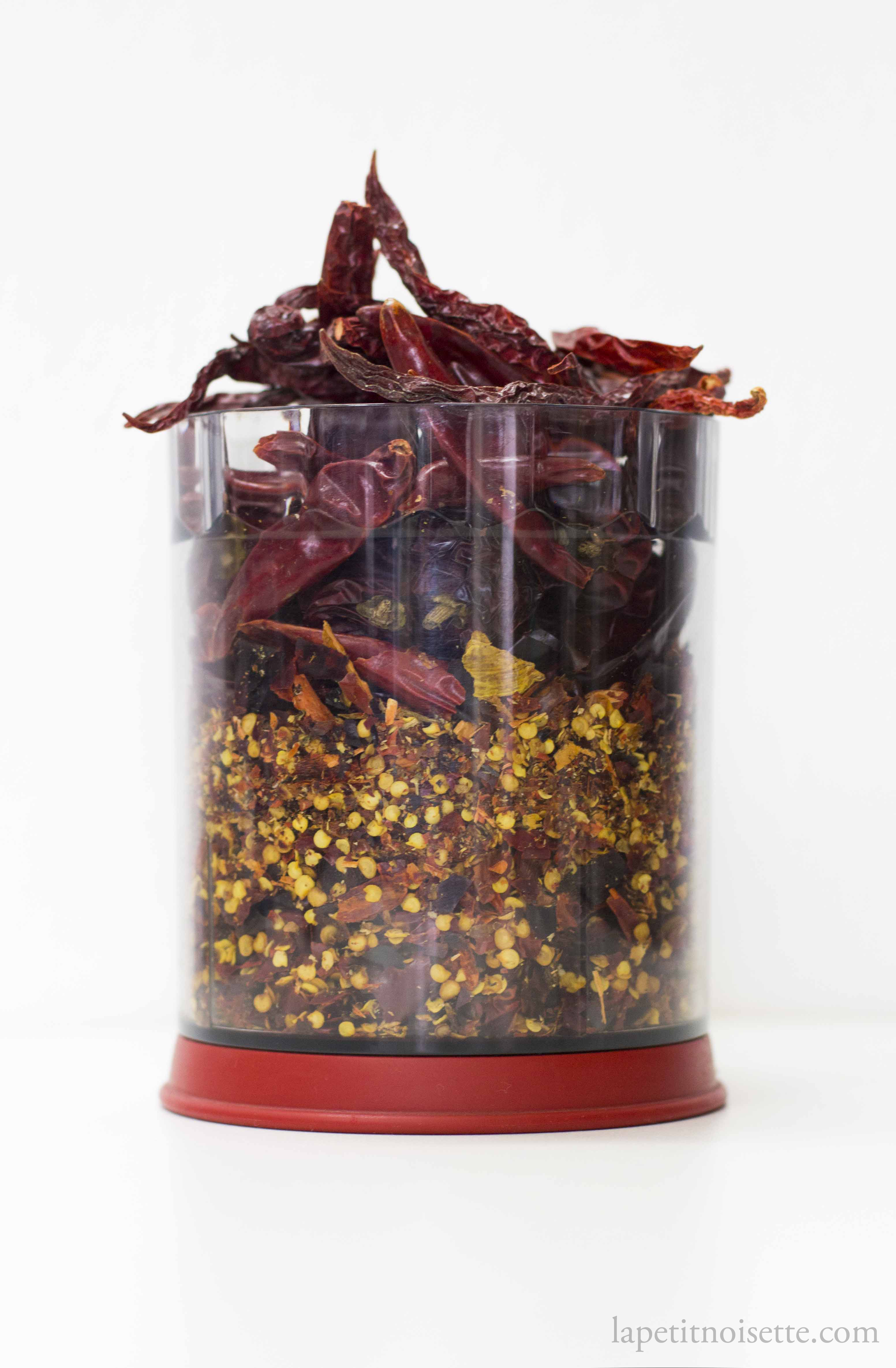
Assembly:
- When ready to serve, add the beansprouts to a deep serving bowl.
- Reheat the soup and drop in the fish slices to cook, separating them with long chopsticks.
- Cook them for around 30 seconds to a minute before removing and placing over the beansprouts in a deep serving bowl.
- At the same time, heat the red chili oil and spicy oil together in a pan to 120°C.
- Pour the beansprouts and broth over the fish slices.
- Finally, add the green and red Sichuan peppers and the chilies into the hot oil and allow to cook for 15 seconds.
- Pour the hot oil into the deep serving bowl and quickly serve at the table whilst still sizzling.
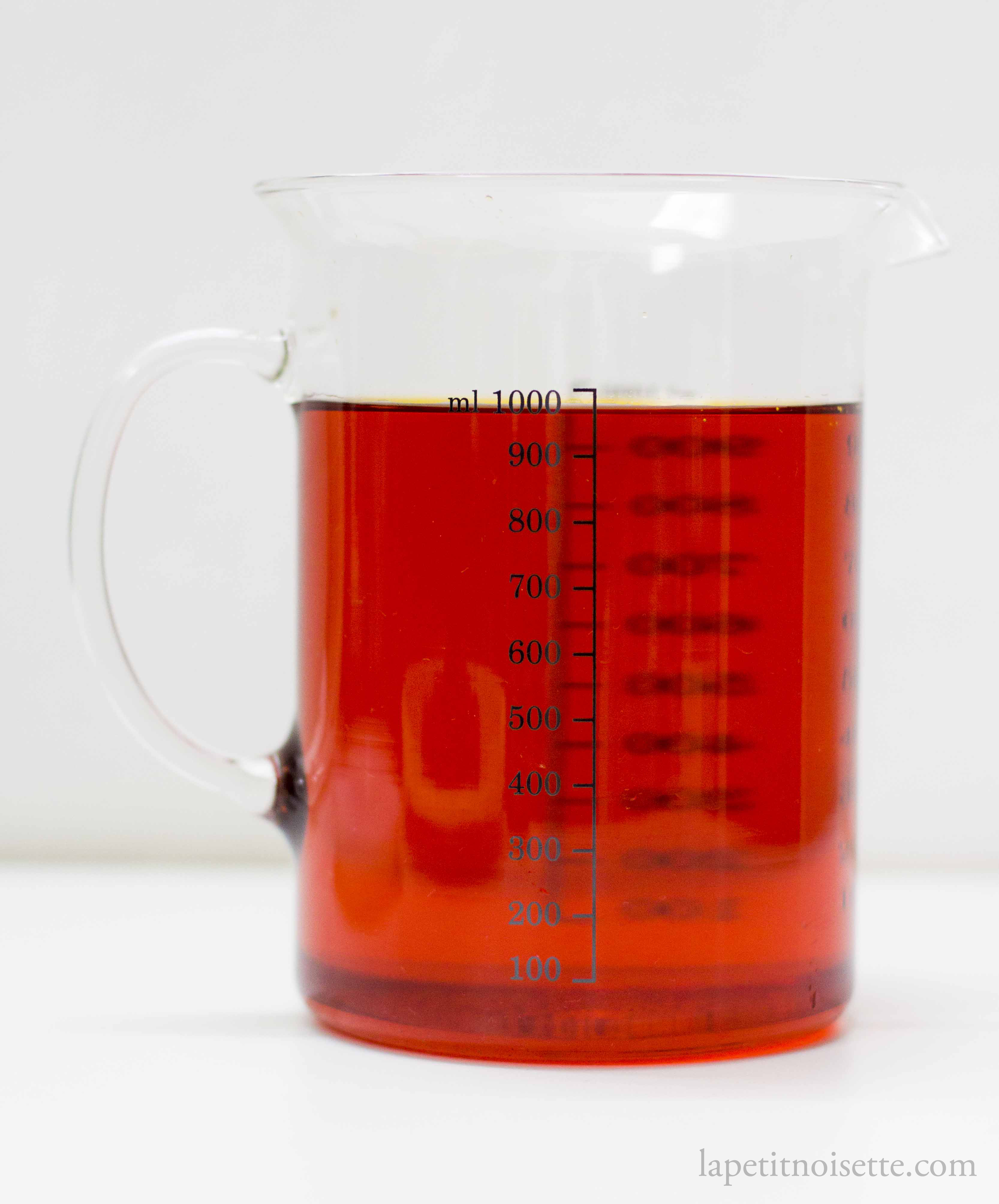
Red Chili Oil 红油
- 35g Dried Facing Heaven Chilies (朝天椒)
- 35g Dried Er Jing Tiao Chilies (二荆条)
- 35g Dried Lantern Chilies (灯笼椒)
- 500ml Cooking Oil
- 10ml Sesame Seed Oil
- Grind up the chilies in a blender with the seeds.
- Heat the oil in a wok to 200°C and allow to cool to 140°C.
- Pour in the ground chilies with the seeds and gently. The Chilies should be gently sizzling in the wok.
- Allow to cool and store in a jar.
- Allow to rest for 24 hours before using.
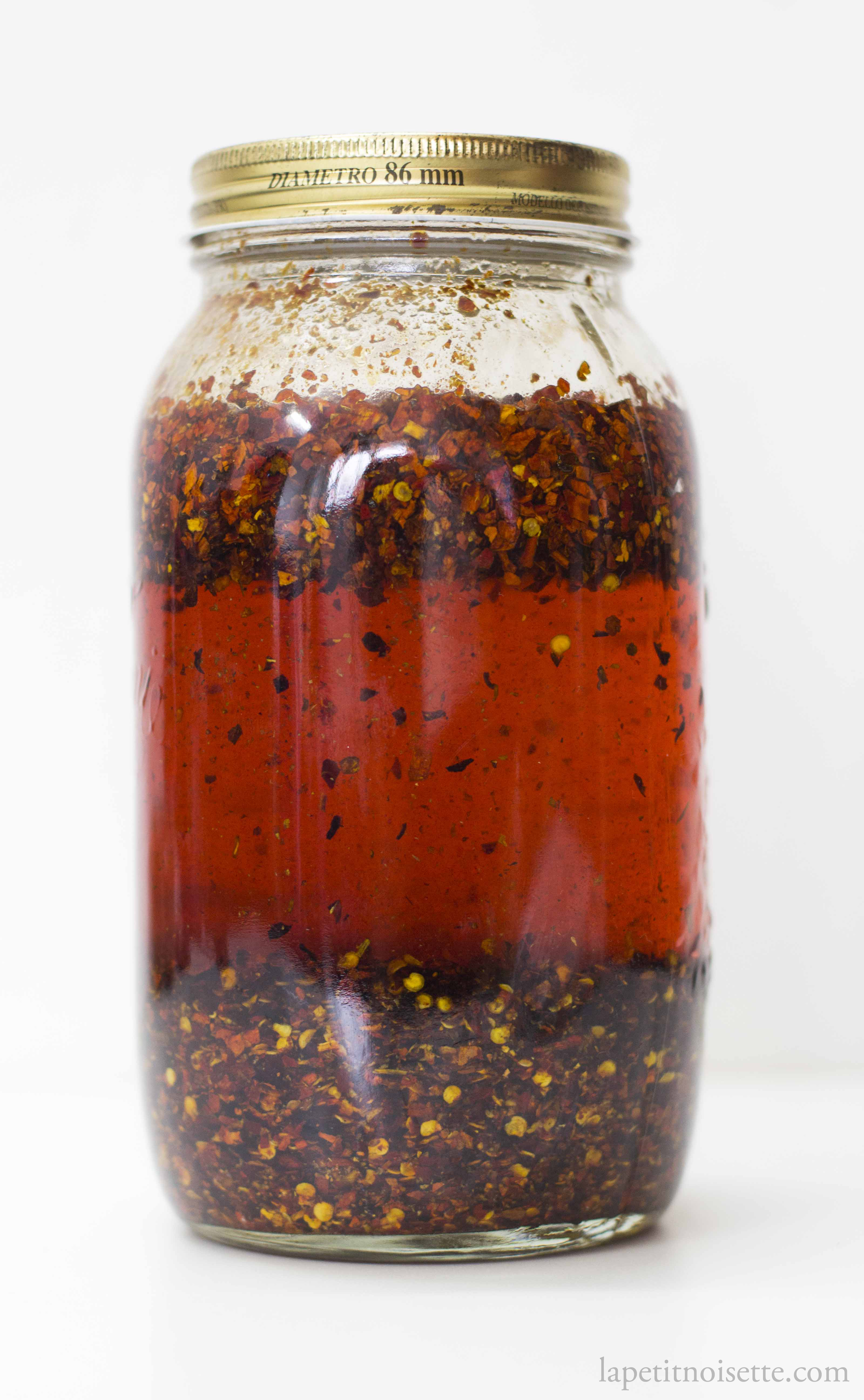
Spice Oil 复制调和老油
- 25g of Ginger
- 3 Green Onions
- 1 Shallot
- 500g of Cooking Oil
- 1 Star Anise
- 1 Cinnamon stick
- 4 Cardamon pods
- 2 Bay Leaves
- A pinch of fennel seeds or fennel pollen.
- 50g of Pixia Doubanjiang
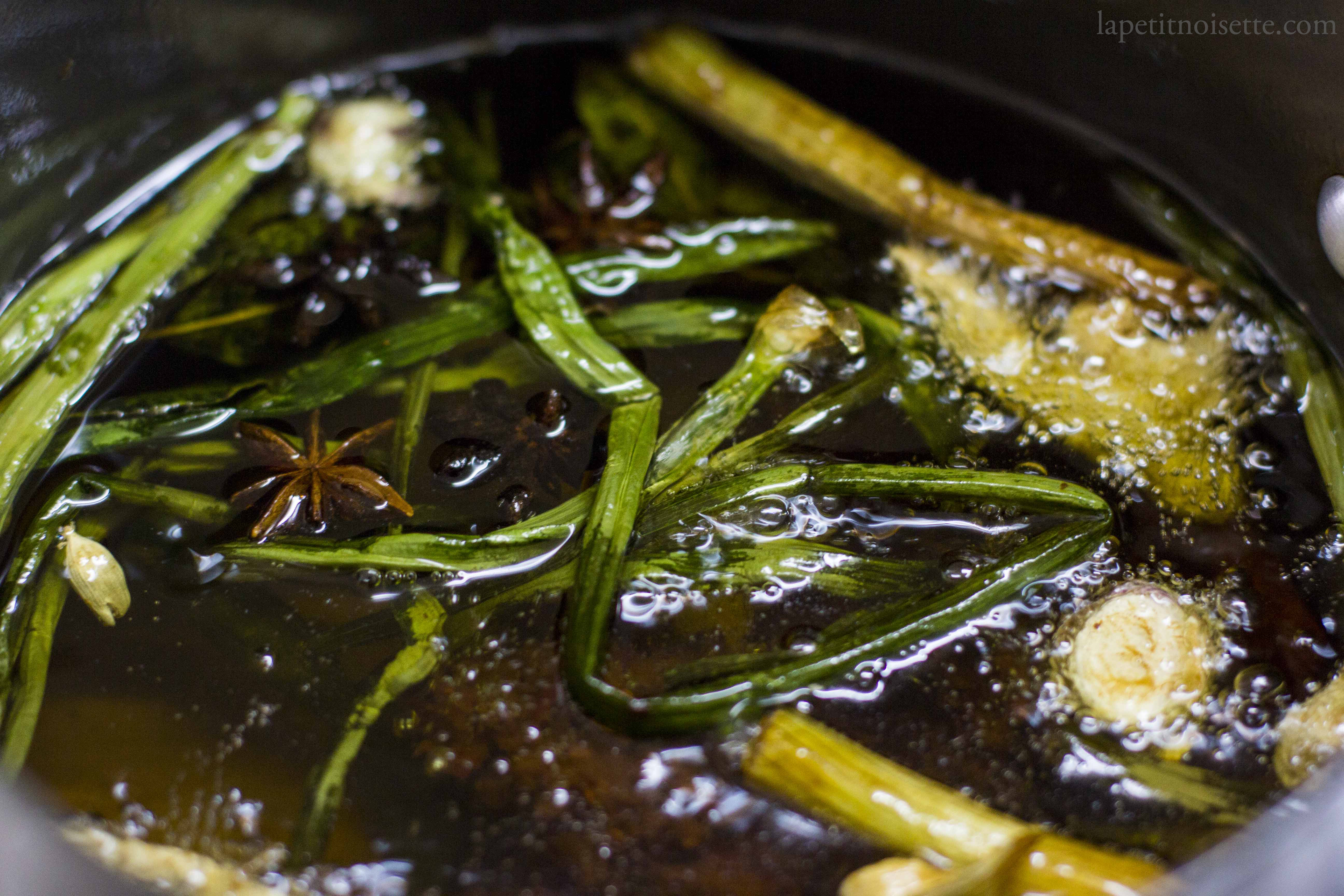
- Peel the shallot and ginger and roughly slice.
- Heat oil in a wok to 190°C
- Add in all the ingredients except the doubanjiang and switch off the heat.
- Allow the oil to cool to 130°C.
- Add in the doubanjiang and stir it into the oil until well mixed.
- Allow the oil to fully cool down.
- Store in a jar and allow to infuse for 1 to 2 days.
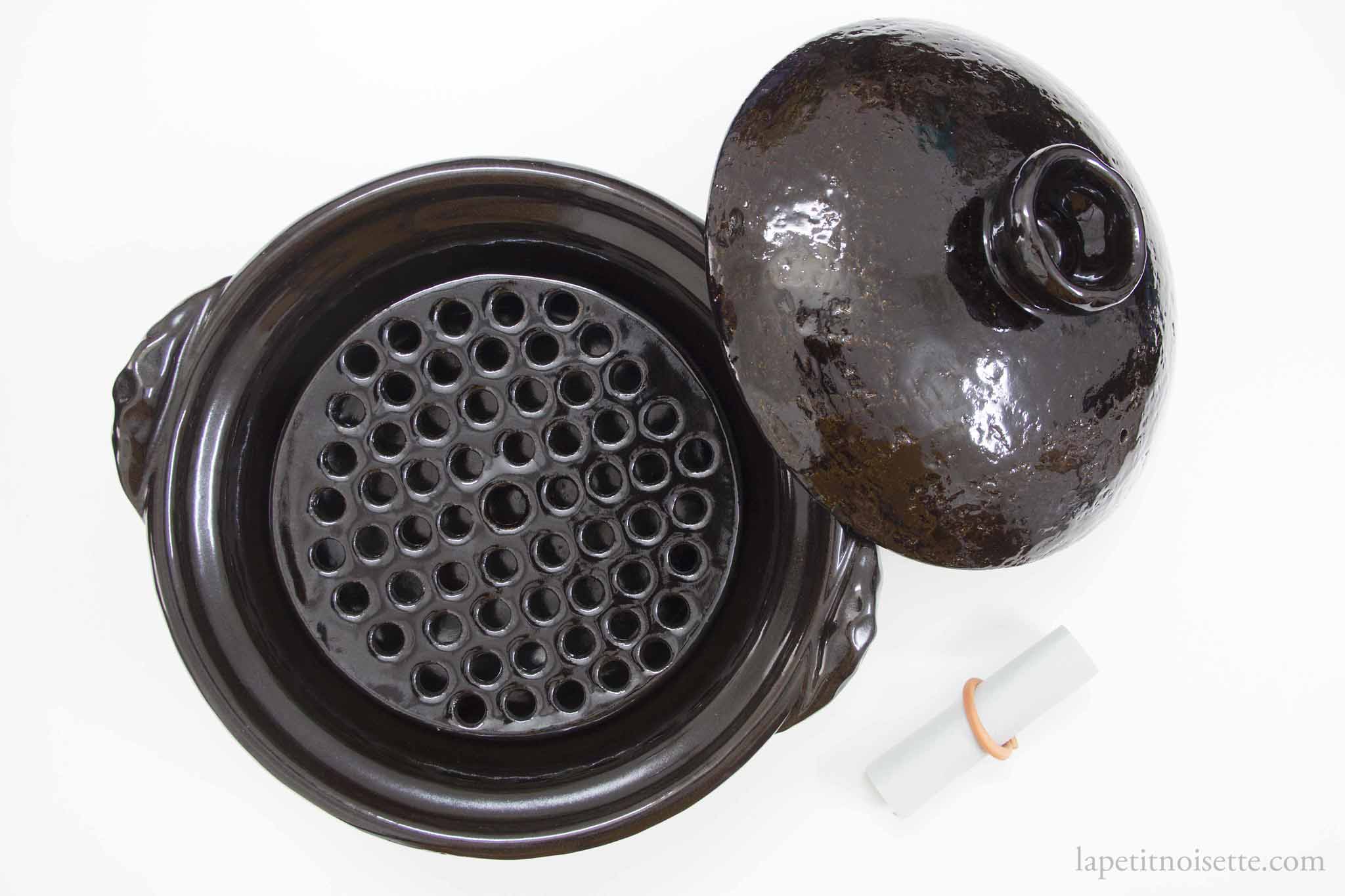
When serving this dish, I personally use my Kumoi Kiln donabe and keep the broth and fish warm on the table, before opening the lid and pouring in the oil once the guests have all been seated.
Hello,
Fascinating dish. Just curious regarding the soup – dashi is in the ingredients list but not used in the recipe? Am I overseeing something?
Thanks for noticing! The part where it says “Cover the heads and bones of the fish with water and bring to a boil” should be using dashi instead of water. You didn’t over see something 🙂
I will edit it now!
A really wonderful recipe and website. We Added torafugu shirako for extra fun.